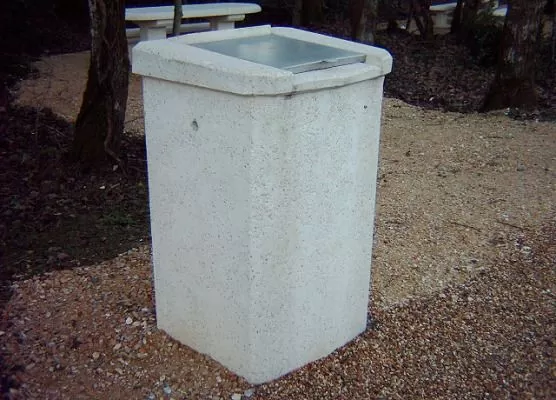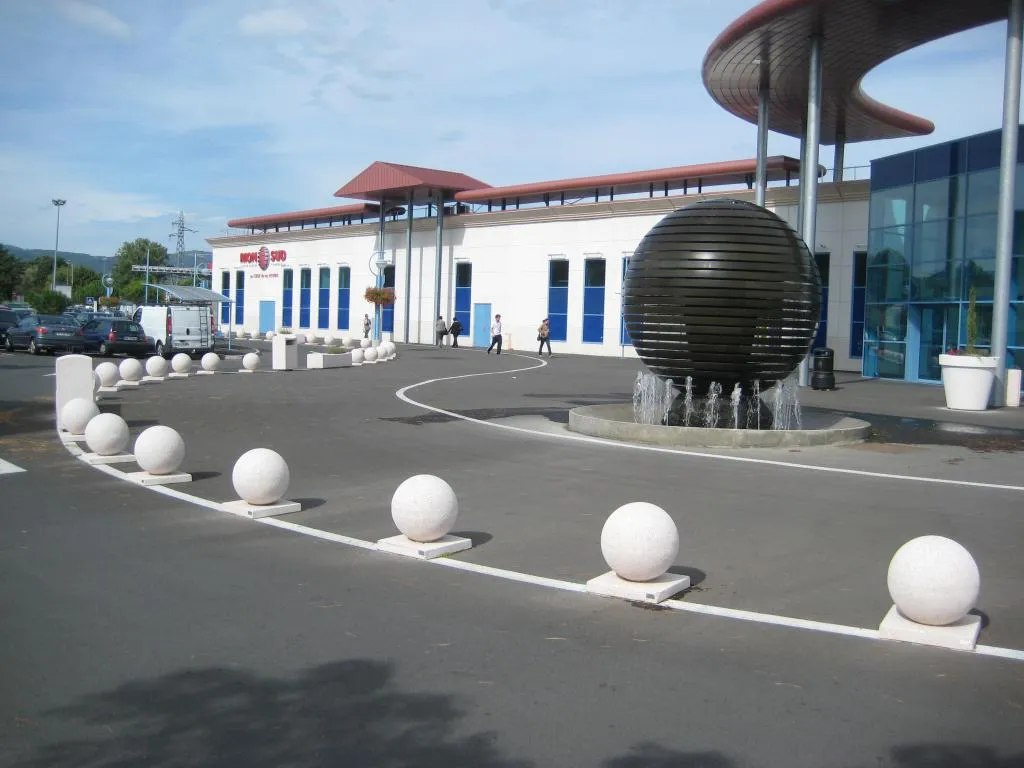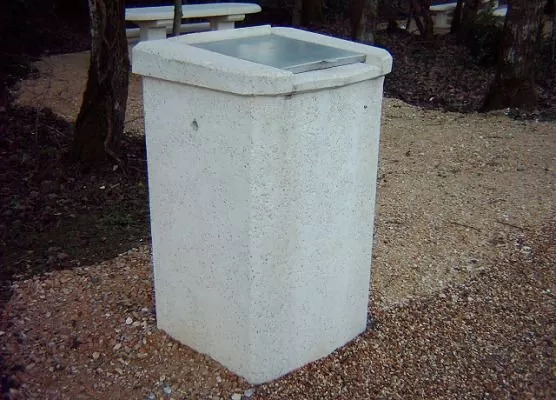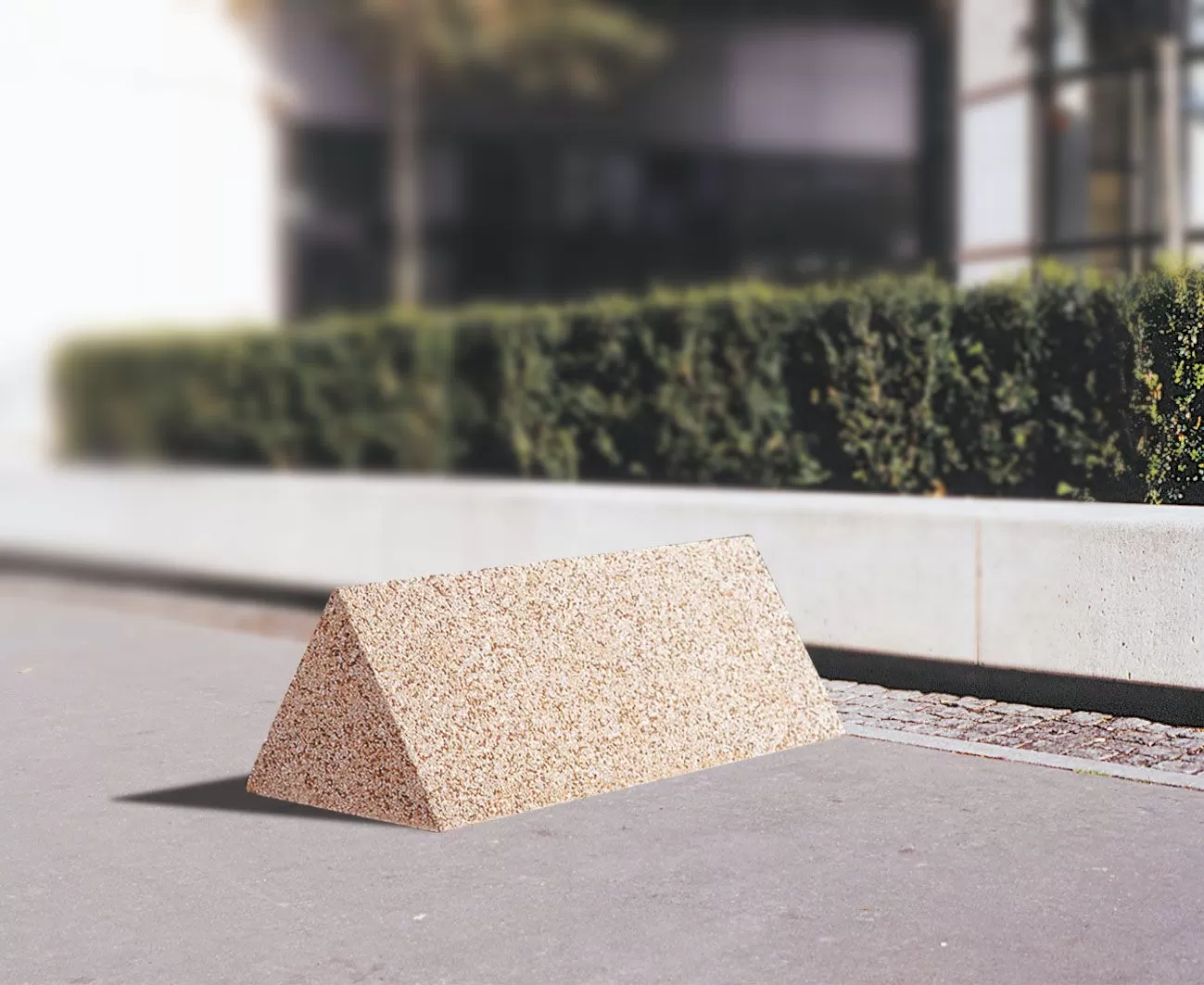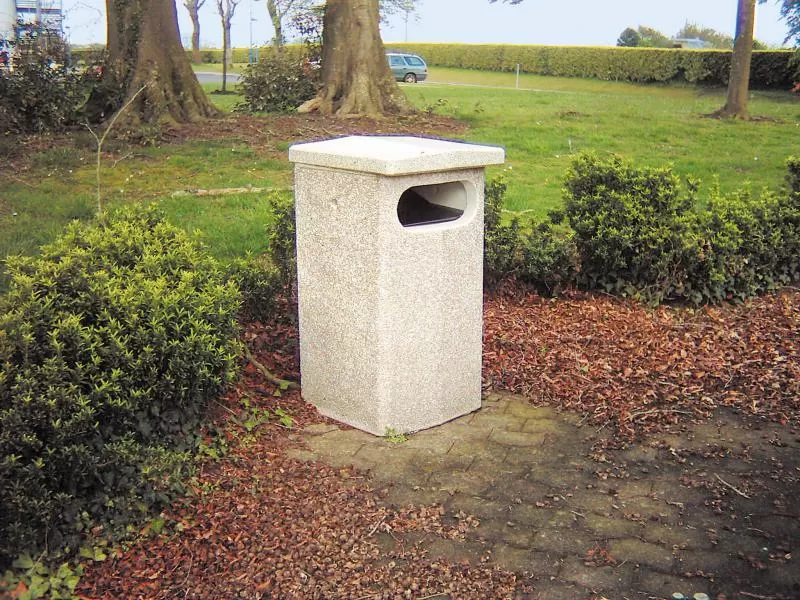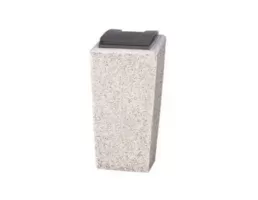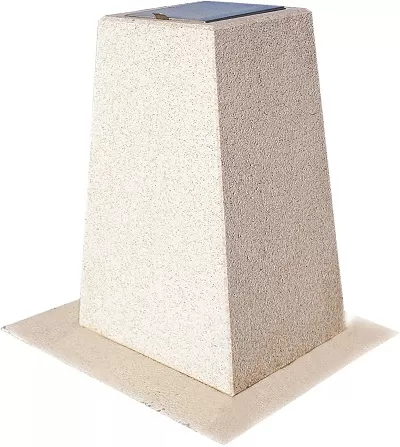Watching the tourists hit the slopes, you'd almost forget that the mountains are in fact a fairly hostile environment. Snow, the enemy of high-altitude livestock farmers, has become the source of a wide range of leisure activities. Urban redevelopment in ski resorts has been a long and bumpy road, one which is always facing new challenges.
Making the mountains accessible to everyone
Ski resorts began to spring up at the base of ski areas after the Second World War. Tourists flock to them in winter, and then more traditional economic activities take over in summer. The first challenge facing modern architects was to build large-scale housing complexes in places where vernacular architecture had previously prevailed.
In the resorts built during the Trente Glorieuses (a thirty-year period of economic growth in France between 1945 and 1975), accommodation, services and transport facilities burgeoned, these included snow-clearing solutions, sports facilities, cable transport (from chairlifts to cable cars) and inter-resort connections. A whole industry developed around the new winter sports areas.
These small villages came under pressure during the high season.
Small mountain villages reinvented themselves, with ski slopes covering the hills and hotels and chalets springing up like daisies. The end of the 1960s and the first oil crisis in 1973 left a bitter taste in the mouth for all those making their living from winter sports. During this time the sector experienced its first wave of financial difficulties.
During the 1970s and 80s, the relevant local authorities were looking for ways to maintain and diversify their businesses. And all this without impacting the local natural surroundings. As the major ski areas had already been constructed, the aim was to apply targeted corrective measures to the existing infrastructure and to prepare for the future. Specific legislation was introduced to provide a better framework for tourism construction projects.
Ski area development
To contain urban sprawl, new buildings are generally integrated into the existing urban landscape. New buildings must comply with the characteristics (sizes, materials, etc.) of existing buildings. This is the principle of harmonization with existing developments in mountain areas. From this point onwards, towns located near a ski areas would come to form a coherent whole, called ski resorts.
The integration approach is also reflected in the cladding of new and existing buildings, which is also based on vernacular architecture: wood cladding, natural stone, etc. These designs are frequently used in urban spaces in the mountains.
New challenges for mountain regions
The inconsistent weather patterns experienced over the last few decades are forcing resorts to reinvent themselves. Abundant snow is no longer a certainty, and business owners are now having to adapt their offerings.
Artificialization vs. diversification
Creating artificial snow comes at a high cost for resort managers. With energy prices soaring, these tactics are gradually giving way to new strategies. The mountains are opening up to new forms of tourism away from the ski slopes: hiking, camping and other outdoor activities.
Towards a new way of distributing land ?
The frequency and intensity of heatwaves are prompting city-dwellers on the plains to seek out the fresh mountain air. French architect and urban planner Laurent Chappis predicted that new types of mountain infrastructure would be constructed at different altitudes. The lowest level would be used for organic farming, the second for permanent housing and the third for seasonal accommodation and tourist activities. Further up we start to find forested slopes and alpine pastures.
Accessible mobility in the mountains
The inhabited slopes in Switzerland and Austria are linked to the valleys by transport systems. French resorts have deprived themselves of these services for too long now. They are of benefit to everyone: tourists, permanent residents and seasonal workers. They still rely on the use of cars, where cable transport would often be more appropriate.
Supporting new economic development in the mountains
Mountain regions are entering a new phase of economic development based on diversification. But they must be able to accommodate tourists all year round and provide a range of activities in addition to winter sports.
This new wave of change must still respect the authentic ambiance of the villages and ecosystems that lie at the heart of natural environments. The tourists themselves are also looking for unspoilt spaces to recharge their batteries and reconnect with nature.
The process of urban transformation and renewal taking place in the mountains will require the installation of essential pieces of street furniture such as public toilet facilities and waste disposal and collection points. As in the 80's and 90's, the focus will be on integration with the existing environment. But this time, the process of integration will be more than just decorative. The structures must be designed to last and have a limited environmental impact, which must also be reflected in the choice of materials.
Street furniture for mountain regions
Street furniture installed alongside trails, hiking paths and outdoor activity areas can take many different forms.
Bollards and anti-parking bollards can be used to demarcate the various routes intended for vehicles, hikers and mountain bikers, etc. These units can also help secure pedestrian zones in resort town centres.
The development of public spaces in mountain regions will also require the installation of bin shelters for waste collection. Litter bins are more appropriate solutions for less urbanized but heavily frequented areas. These complementary systems enable us to better manage a resort's tourist waste.
Francioli manufactures street furniture made from concrete, which is a durable, strong and environmentally inert material. Our products (bin shelters, litter bins, toilet facilities, etc.) integrate will in all types of spaces including parks and public gardens located away from urban centres.



